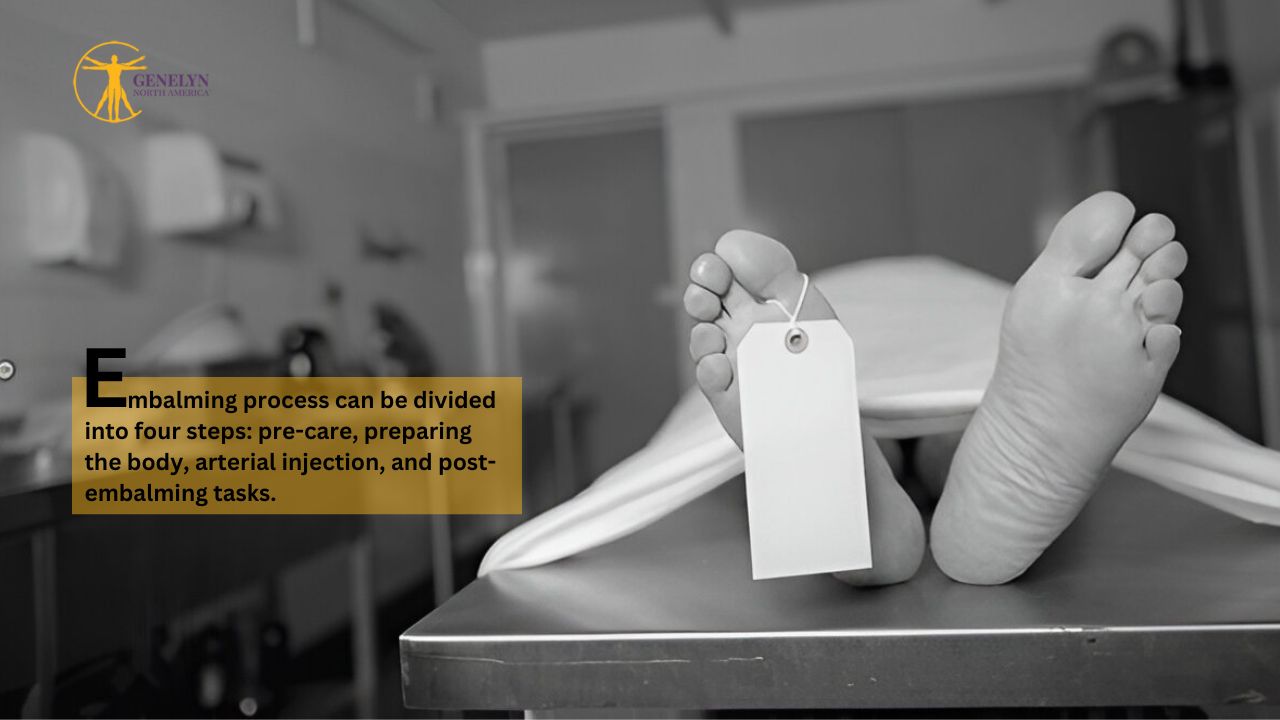
When we think about preparing a loved one for a final goodbye, we often focus on the funeral service, the casket, or the memorial speech. But there's a quiet, compassionate art behind the scenes that helps families say goodbye with peace and dignity: mortuary cosmetics.
Also known as funeral cosmetics or postmortem makeup, this practice plays a crucial role in helping the deceased look as natural and restful as possible for viewings. Let's take a closer look at what mortuary cosmetics really is, how it’s used, and why it matters.
Mortuary cosmetics is the application of makeup and grooming techniques to the deceased, performed by funeral professionals to restore a natural, lifelike appearance. This process is especially important when the body is going to be viewed during a wake or open-casket funeral.
The goal isn’t to make the deceased look “made-up” or overdone—it’s to make them look peaceful, presentable, and as close to how they looked in life as possible.
Grief is a deeply emotional experience. Seeing a loved one look like themselves—restful and at peace—can offer comfort and closure.
Here’s why mortuary makeup is so important:
🕊 It preserves the memory of the person in a positive and familiar way.
💬 It supports the grieving process by creating a more comforting last image.
📸 It enhances the viewing experience, especially for those who haven't seen the deceased in a while.
🛠 It helps repair visible signs of illness, trauma, or aging, giving dignity to the deceased.
Mortuary makeup is usually applied by a licensed embalmer, funeral director, or a restorative artist. These professionals often undergo special training in:
Mortuary science
Human anatomy
Color theory and makeup application
Restorative art and reconstruction techniques
This isn’t your average makeup job—it’s a highly technical and emotionally sensitive process.
Unlike everyday makeup, mortuary cosmetics are specially formulated for postmortem use. These products are designed to:
Be long-lasting and non-absorbent (as the skin no longer produces oils)
Cover discoloration, bruising, or dehydration
Resist extreme temperature changes (especially during transportation or viewing)
Foundation creams or powders (in a variety of lifelike skin tones)
Lip color and blush to restore facial warmth
Eye shadow or liner (used subtly to enhance the eyes)
Wax and putty for reconstructing damaged areas
Setting sprays to seal the makeup in place
Here’s how funeral cosmetics are typically applied:
The body is first cleaned, embalmed, and dried. Moisturizers may be used to soften the skin, especially if the skin is dehydrated or stiff.
Color-correcting foundation is applied to even out the skin tone and cover blemishes or bruises. The foundation is blended well into the neck and hands, too.
Blush is applied to the cheeks for a natural flush. Lip color brings warmth to the face, and light eyeshadow enhances the eyes. Everything is done to look natural and gentle.
The hair is combed, styled, and sometimes trimmed based on family preferences. Wigs may be used if needed.
Once cosmetics are done, the body is dressed in chosen garments and may be adorned with jewelry, glasses, or hats.
When the deceased has experienced visible trauma, surgery, or disfigurement, restorative art techniques may be used. This includes:
Wax reconstruction for facial features
Airbrushing techniques for blending
Color correction for scarring or bruises
Prosthetics or molds in severe cases
These techniques require advanced training and precision. The goal is always to bring peace to the family without drawing attention to the work done.
Not always. Some families choose to skip viewing services altogether or opt for closed-casket funerals. Others may prefer a more natural appearance with minimal makeup. But for those who want an open-casket ceremony, mortuary cosmetics can be deeply meaningful.
Mortuary cosmetics is a delicate blend of science and compassion. It’s not about vanity—it’s about respect. Helping a loved one look peaceful one last time can make all the difference during a heartbreaking goodbye.
Whether it’s a touch of blush, a neatly combed hairstyle, or a custom foundation that brings back the glow of life, funeral cosmetics provide families with something invaluable: closure, comfort, and dignity.
No. Mortuary makeup is specially formulated for postmortem skin and often includes color-correcting products and sealants that aren’t used in regular cosmetics.
It can last several days if properly applied and sealed—long enough for viewings, visitations, and services.
Yes, in some cases, families may request to do so, especially if the deceased had a specific beauty routine. But it’s best to consult with the funeral director first.
Not at all. Mortuary cosmetics are applied to all genders, often using subtle and natural techniques to enhance features and correct discoloration.
Most full-service funeral homes do, but it’s always best to ask and review available options, especially for trauma restoration or advanced cosmetic work.
| Categories: | Services / Other Services |
| Phone: | 18334363596 |
| Address: | 711 Ontario Street Unit 3, Cobourg Ontario, K9A3C6 Canada |
| Website: | View our site |
| Email: | seositesoft13@gmail.com |